Sopapilla Sensations: Exploring the Sweet and Spicy Traditions of Mexican Sopapillas
Have you ever bitten into a golden, pillowy puff of fried dough drizzled with honey and felt like you’d just discovered culinary heaven? That’s the magic of Mexican sopapillas. These deep-fried delights are more than just dessert — they’re a cultural staple with regional flair, spice influence, and a surprising versatility that goes beyond the sweet realm. Whether you're a seasoned foodie or a curious home cook, this guide will walk you through everything you need to know about these iconic pastries, from their origins to variations, serving ideas, and even a buying guide for essential ingredients.
Table of Contents
- What Are Sopapillas?
- History and Tradition Behind Sopapillas
- Sweet vs. Savory: The Flavor Divide
- How to Make Sopapillas at Home
- Creative Serving Ideas & Regional Twists
- Buying Guide: What You’ll Need
- Conclusion
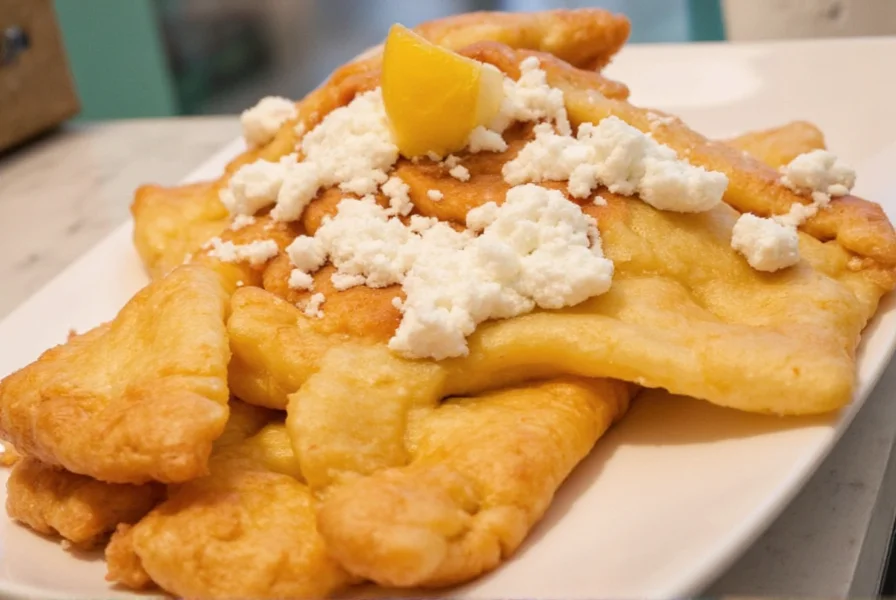
What Are Sopapillas?
Sopapillas — also spelled sopaipillas — are light, airy pieces of deep-fried dough traditionally made with simple ingredients like flour, baking powder, salt, and fat (often lard or vegetable shortening). When fried correctly, the dough puffs up dramatically, creating an irresistible hollow center that can be stuffed or drenched in syrup.
The Basic Components
- Flour
- Baking powder
- Salt
- Fat (lard, butter, or oil)
- Water or milk
Once cooked, sopapillas can be topped with:
- Honey
- Cinnamon sugar
- Powdered sugar
- Butter
- Or filled with savory ingredients like beans, meat, cheese, or chiles
History and Tradition Behind Sopapillas
The roots of sopapillas stretch back centuries to Spain, where a similar flatbread called “sapella” was enjoyed by Moorish settlers. As Spanish colonizers brought the recipe to the New World, it evolved under local conditions and became a beloved part of Southwestern U.S. and Northern Mexican cuisine.
In regions like New Mexico and northern Mexico, sopapillas are a common sight at family gatherings, festivals, and church fundraisers. They symbolize comfort, tradition, and hospitality — often served as a final touch to a hearty meal or as a breakfast treat.
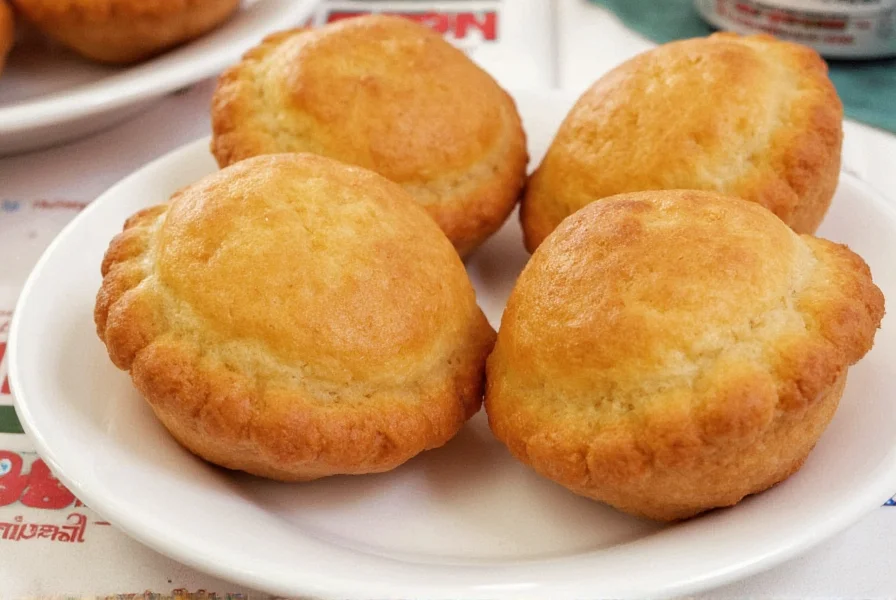
Sweet vs. Savory: The Flavor Divide
One of the most fascinating aspects of sopapillas is how they straddle both sweet and spicy flavor profiles. While most people associate them with sugary toppings, there’s a growing trend — especially in border towns and fusion kitchens — to explore savory versions.
A Comparison of Sweet and Savory Sopapillas
| Feature | Sweet Sopapillas | Savory Sopapillas |
|---|---|---|
| Toppings/Fillings | Honey, cinnamon sugar, powdered sugar, jam | Refried beans, shredded chicken, chorizo, cheese, chiles rellenos |
| Occasion | Dessert, brunch, family gatherings | Lunch, dinner, street food events |
| Spice Level | Mild or none | Can range from mild to hot, depending on fillings |
| Common Regions | New Mexico, Southern Colorado, Arizona | Chihuahua, Coahuila, Texas border towns |
Whether you prefer your sopapillas dripping with honey or stuffed with spicy barbacoa beef, one thing’s certain — these little pillows of joy adapt beautifully to any flavor profile.
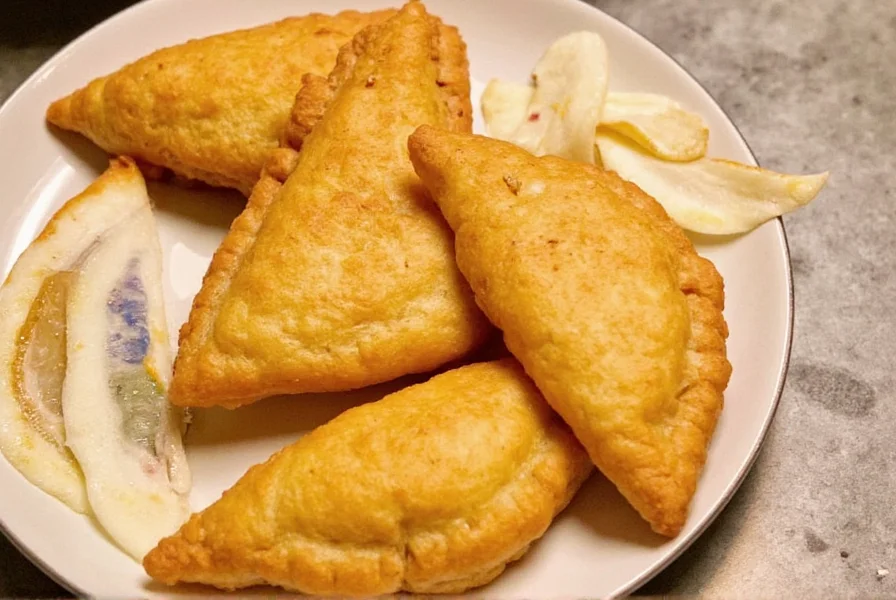
How to Make Sopapillas at Home
Ready to whip up your own batch? Making sopapillas at home isn’t as intimidating as it sounds. With a few simple steps and the right equipment, you’ll be enjoying restaurant-quality treats in no time.
Basic Sopapilla Recipe
- Ingredients:
- 2 cups all-purpose flour
- 1 teaspoon baking powder
- ½ teaspoon salt
- ⅓ cup lard or shortening (can substitute with oil)
- About ¾ cup warm water or milk
- Instructions:
- Mix dry ingredients in a bowl.
- Add fat and mix until crumbly.
- Gradually add liquid and knead into a soft, non-sticky dough.
- Let rest for 30 minutes.
- Roll out thin (about ¼ inch thick).
- Cut into squares or circles.
- Fry in hot oil (375°F) until golden and puffed.
- Drain on paper towels.
- Serve immediately with your choice of topping!
Pro Tips for Perfect Puffing
- Use a heavy-bottomed skillet or Dutch oven to maintain even heat.
- Don’t overcrowd the pan — fry 2–3 at a time.
- If your sopapillas don’t puff, try increasing the oil temperature slightly or adding a bit more baking powder.
- Kneading the dough thoroughly helps develop gluten, which supports puffing.
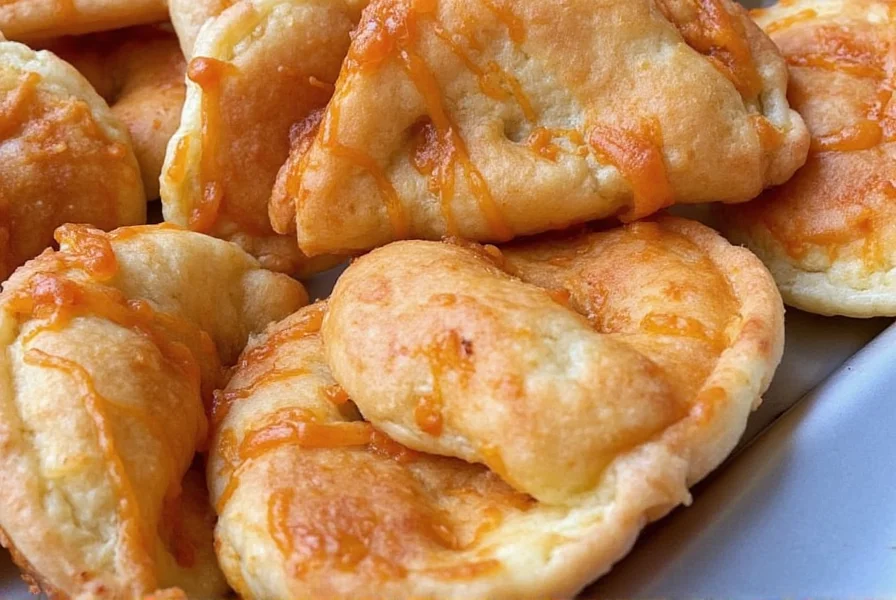
Creative Serving Ideas & Regional Twists
Tradition meets innovation when it comes to serving sopapillas. Here are some inspired ways to take your sopapillas game to the next level:
Sweet Inspirations
- Honey-Cinnamon Drizzle: Mix melted honey with a dash of ground cinnamon for a classic combo.
- Chocolate-Dipped: Dip warm sopapillas in melted dark chocolate for a decadent twist.
- Apple Pie Style: Fill with spiced apples, raisins, and a sprinkle of nutmeg for a fall-themed treat.
Savory Reinventions
- Breakfast Burrito Version: Stuff with scrambled eggs, bacon, avocado, and salsa verde.
- Tex-Mex Fusion: Fill with grilled shrimp, black beans, corn, and chipotle mayo.
- Mini Sopapilla Tacos: Serve bite-sized pieces topped with pulled pork, cotija cheese, and lime crema.
Regional Variations
- New Mexican Style: Typically smaller, thinner, and always dusted with powdered sugar.
- Chihuahua Style: Often larger and served with molasses or piloncillo syrup.
- Tejano Style (Texas): Sometimes stuffed with picadillo or chorizo and served with refried beans.
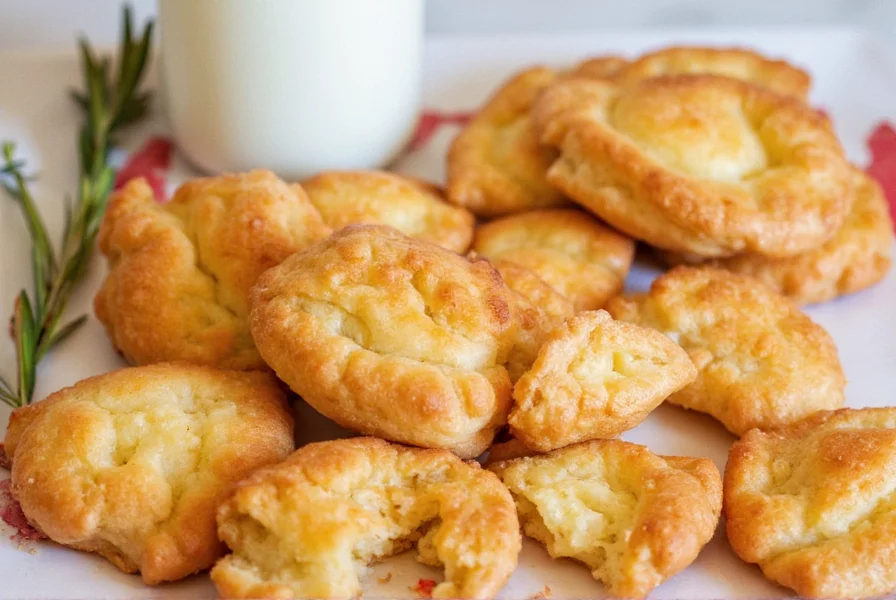
Buying Guide: What You’ll Need
To make perfect sopapillas, quality ingredients and tools matter. Here's a curated list of essentials, with features and ideal use cases highlighted:
Top Ingredients
| Product | Description | Features | Best For |
|---|---|---|---|
| All-Purpose Flour | Gold Medal or King Arthur brand | Consistent texture, high gluten content | Classic sopapilla dough |
| Vegetable Shortening | Crisco All-Vegetable Shortening | High melting point, neutral flavor | Vegetarian-friendly option |
| Lard | Organic leaf lard (Reames or Fatworks) | Rich flavor, flaky results | Authentic taste seekers |
| Raw Honey | Local or organic raw honey | Natural sweetness, health benefits | Glazing or dipping |
Essential Tools
| Tool | Description | Features | Best For |
|---|---|---|---|
| Cast Iron Skillet | Le Creuset or Lodge brand | Excellent heat retention | Frying sopapillas evenly |
| Deep Fry Thermometer | ThermoPro or CDN model | Digital accuracy | Monitoring oil temperature |
| Rolling Pin | Wooden or marble rolling pin | Smooth rolling surface | Even dough thickness |
| Slotted Spoon | Stainless steel slotted spoon | Safe and clean flipping | Removing sopapillas from oil |
Conclusion
Mexican sopapillas are far more than just a fried pastry — they’re a celebration of culture, creativity, and community. From their historical roots in Spain to their modern-day adaptations across cuisines, sopapillas have proven their place on tables around the world. Whether you lean toward the sweet simplicity of honey-drenched classics or the bold flavors of spicy stuffed versions, there’s no wrong way to enjoy them.
With the right ingredients, tools, and a spirit of experimentation, you can bring the essence of global spice traditions right into your kitchen. So go ahead, roll out that dough, fire up the oil, and let the puffing begin. Your next sopapilla sensation is waiting!
Craving more global spice adventures? Stay tuned for our upcoming posts exploring other regional delights from around the world!

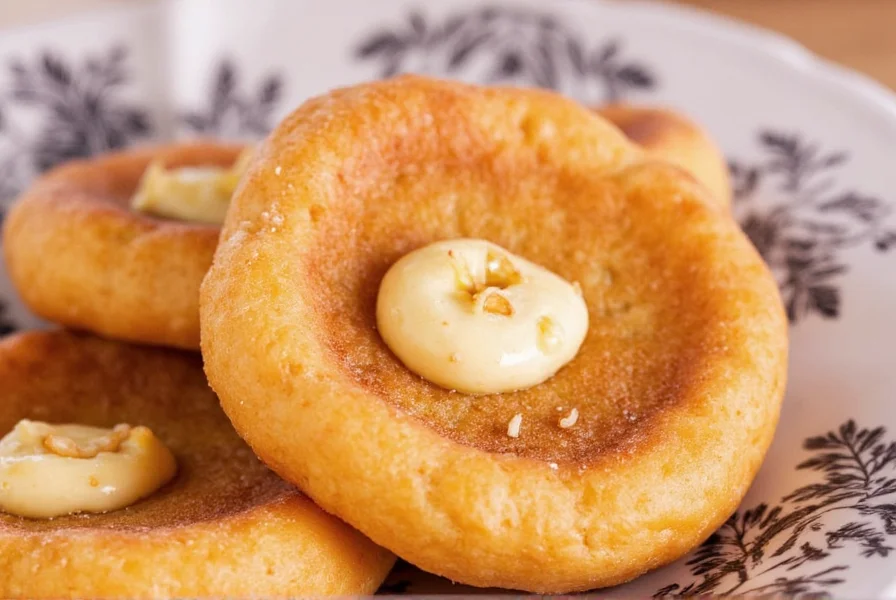









 浙公网安备
33010002000092号
浙公网安备
33010002000092号 浙B2-20120091-4
浙B2-20120091-4